Introduction to Easy Printable Machine Quilting Templates For Beginners
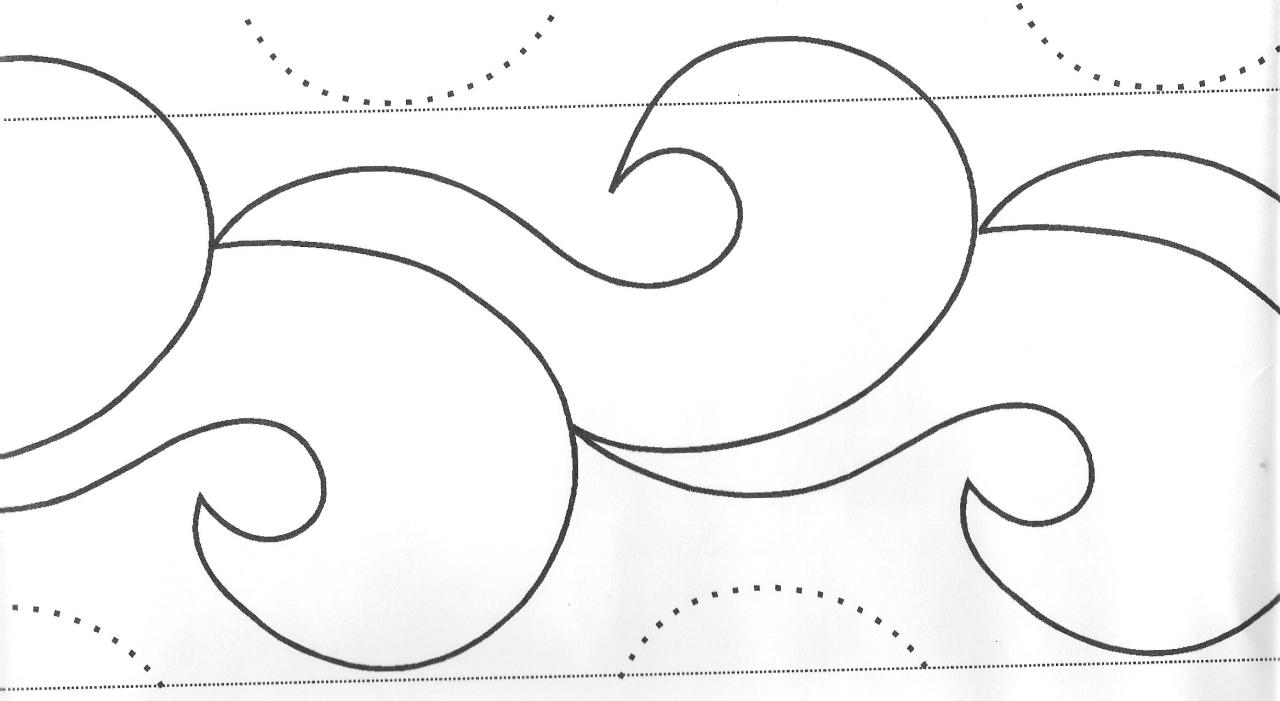
Machine quilting templates are tools that are used to guide the stitching on a quilt. They come in various shapes and sizes, and are typically made of durable materials such as plastic or acrylic. These templates are placed on top of the quilt fabric, and the quilter follows the edges or lines of the template with the sewing machine to create precise and consistent stitches.Using
printable templates is particularly beneficial for beginners in machine quilting. It allows them to practice and improve their skills without the need for expensive or specialized equipment. Printable templates can be easily downloaded and printed at home, making them accessible to anyone with a basic printer.
They provide a cost-effective way to experiment with different designs and patterns, and help beginners gain confidence in their quilting abilities.There are various types of quilting templates that can be printed. Some examples include:
Straight Line Templates
Straight line templates are used for creating straight and evenly spaced quilting lines. They can be printed with different line widths and spacing options, allowing beginners to achieve different effects in their quilting.
Curved Templates
Curved templates are used for creating curved quilting designs such as swirls, circles, or waves. They provide a guide for the quilter to follow and ensure smooth and consistent curves in the stitching.
Block Templates
Block templates are used for quilting individual blocks or sections of a quilt. They can be printed with various block patterns, such as squares, triangles, or hexagons, to help beginners practice their quilting skills on specific shapes.
Border Templates
Border templates are used for quilting borders or edges of a quilt. They can be printed with different border designs, such as vines, flowers, or geometric patterns, to add decorative elements to the quilt.Using printable machine quilting templates is a great way for beginners to learn and practice quilting techniques.
They provide a convenient and affordable option for trying out different designs and patterns, and help beginners develop their skills and creativity in machine quilting.
Choosing the Right Machine Quilting Templates
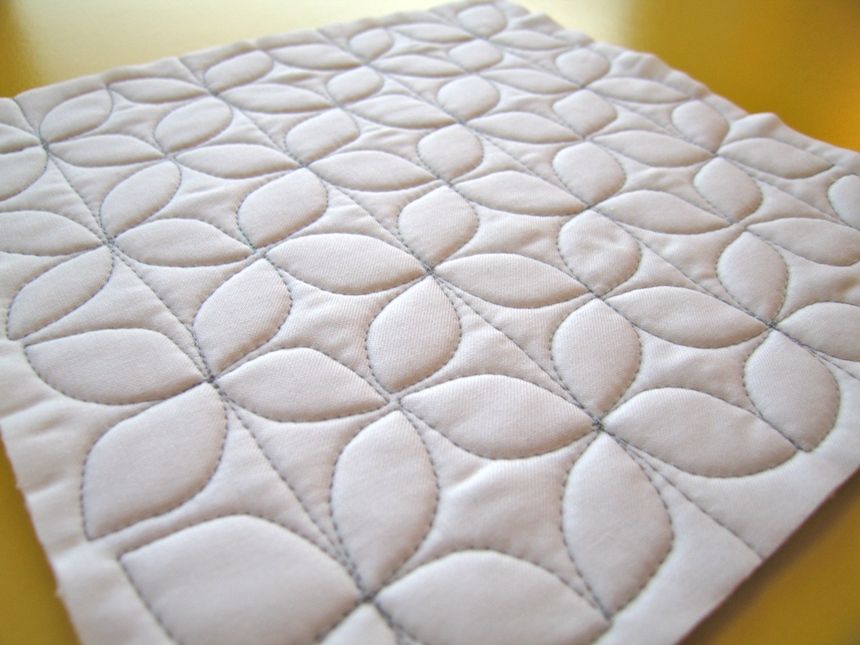
When selecting machine quilting templates for beginners, there are several key factors to consider. These factors can help ensure that you choose templates that are suitable for your skill level and quilting goals.One important factor to consider is the complexity of the template design.
As a beginner, it is advisable to start with simpler designs that have fewer intricate details. This will allow you to practice your quilting skills and gain confidence before moving on to more complex designs. Look for templates that have clear lines and shapes, making it easier for you to follow along with the design.Another
factor to consider is the size of the template. Templates come in various sizes, and it is important to choose one that suits the size of your quilting project. If you are working on a smaller project, a smaller template would be more appropriate.
On the other hand, if you are working on a larger quilt, a larger template would be needed to cover more surface area.When it comes to the shape of the template, there are a wide variety of options available. Some common shapes include squares, circles, triangles, and hearts.
Consider the overall design of your quilt and choose a template shape that complements it. Additionally, think about the type of quilting pattern you want to create and choose a template shape that will allow you to achieve that pattern.Now
let’s compare the pros and cons of using pre-made templates versus creating custom templates. Pre-made templates are readily available and can be easily purchased online or at quilting stores. They offer a wide range of designs to choose from and are often designed by experienced quilters.
This can be beneficial for beginners as it takes away the guesswork of designing their own templates.On the other hand, creating custom templates allows you to have complete control over the design. You can personalize the templates to fit your specific quilting project and create unique patterns.
However, creating custom templates requires more time and effort, especially if you are new to quilting. It may also require additional tools and materials.In conclusion, when choosing machine quilting templates for beginners, it is important to consider factors such as the complexity, size, and shape of the templates.
Additionally, weigh the pros and cons of using pre-made templates versus creating custom templates. Ultimately, the choice will depend on your personal preferences, skill level, and quilting goals.
Printing and Preparing the Templates
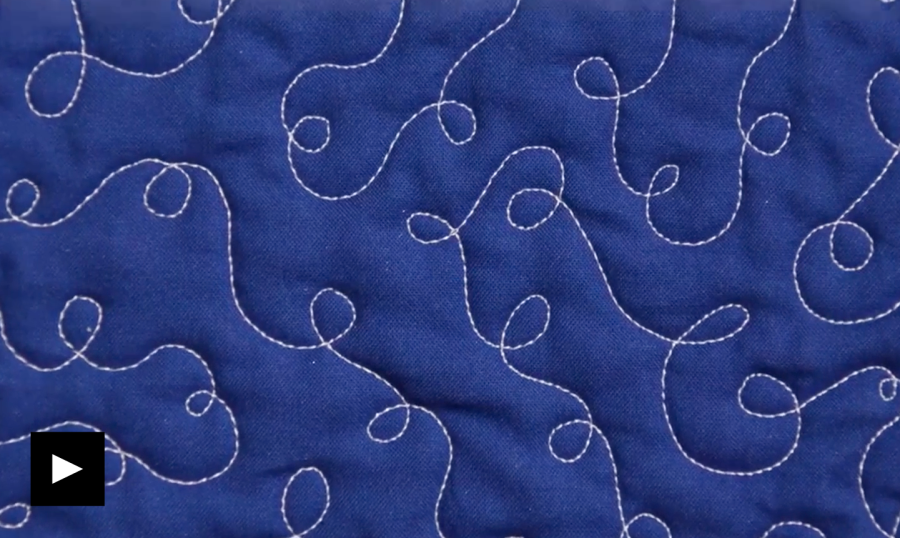
When it comes to quilting templates, it is important to have them printed and prepared correctly. Here are some step-by-step instructions on how to download and print quilting templates, as well as tips on resizing them if needed and the different materials that can be used for printing.
Step-by-Step Instructions on Downloading and Printing Quilting Templates
To get started with printing your quilting templates, follow these simple steps:
- Find a reliable website or source where you can download the quilting templates. Make sure the templates are in a format that is compatible with your printer.
- Once you have found the templates you want to use, download them to your computer.
- Open the downloaded file and make sure it is the correct template you want to print.
- Next, go to the “Print” menu or option in your computer’s software. Make sure your printer is connected and turned on.
- Adjust the print settings according to your needs. You may want to choose the appropriate paper size and orientation.
- Preview the printout to ensure that the templates will be printed correctly. Make any necessary adjustments if needed.
- Finally, click on the “Print” button to start printing the quilting templates. Wait for the printing process to complete before removing the printed templates from the printer.
Resizing Quilting Templates
Sometimes, you may need to resize the quilting templates to fit your specific project. Here are some tips on how to properly resize the templates:
- If you have access to a printer with resizing options, you can use the printer’s software to adjust the size of the templates before printing.
- If your printer does not have resizing options, you can use a photocopier to enlarge or reduce the size of the templates.
- Alternatively, you can use a computer software program such as Adobe Photoshop or Microsoft Word to resize the templates before printing. Simply open the template file in the software program, select the desired size, and print the resized templates.
Materials for Printing Quilting Templates
When it comes to choosing the materials for printing quilting templates, there are a few options to consider:
- Regular printer paper: This is the most common material used for printing quilting templates. It is affordable and easily accessible.
- Cardstock: If you prefer a sturdier template, you can use cardstock paper. It is thicker and more durable than regular printer paper.
- Transparent plastic sheets: If you want reusable templates, you can print them on transparent plastic sheets. This allows you to easily trace the templates onto your fabric.
- Fabric sheets: Another option is to print the templates directly onto fabric sheets. This eliminates the need for tracing and allows you to cut the templates directly from the fabric.
By following these step-by-step instructions and considering the different materials available, you can easily download, print, and prepare your quilting templates for your next project.
Using Machine Quilting Templates
Using machine quilting templates can help beginners achieve precise and professional-looking quilting designs. Here are some tips and techniques for aligning and securing templates on the fabric, as well as different quilting designs that can be achieved using templates.
Aligning and Securing Templates
When using machine quilting templates, it is important to properly align and secure them on the fabric to ensure accuracy in the quilting design. Here are some tips to help you with this process:
- Start by marking the center of your quilt block or fabric piece. This will serve as a reference point for aligning the template.
- Place the template on the fabric, aligning it with the center mark. You can use pins or tape to temporarily secure the template in place.
- Make sure the template is evenly placed and straight. Adjust as necessary to achieve the desired alignment.
- Once the template is properly aligned, you can use quilting rulers or guides to help guide your quilting foot along the edges of the template.
- Secure the template firmly in place before starting the quilting process to prevent any shifting or movement.
Quilting Designs with Templates
Machine quilting templates open up a world of possibilities when it comes to quilting designs. Here are some examples of different quilting designs that can be achieved using templates:
- Straight lines: Templates with straight edges can be used to create precise straight line quilting designs. These designs are great for creating a modern and clean look.
- Curves and swirls: Templates with curved edges can be used to create beautiful curved and swirling designs. These designs add movement and elegance to your quilts.
- Feathers: Templates with feather shapes can be used to create intricate and detailed feather designs. These designs are perfect for adding a touch of sophistication to your quilts.
- Geometric shapes: Templates with geometric shapes like squares, triangles, and circles can be used to create geometric quilting designs. These designs are great for adding a modern and graphic element to your quilts.
Creating Different Quilt Patterns
Using machine quilting templates, you can create different quilt patterns by combining and repeating various designs. Here are some examples:
- By using a template with a square shape, you can create a simple and classic quilt pattern by quilting a grid of squares.
- Combine templates with different shapes and sizes to create a patchwork effect in your quilting design.
- Create a quilt pattern with alternating rows of different quilting designs using different templates.
- Experiment with different spacing between quilting lines to create different effects and textures in your quilt.
Remember to practice and experiment with different templates and designs to find your own unique quilting style. With time and experience, you will become more comfortable and confident in using machine quilting templates to create beautiful and intricate quilting designs.
Troubleshooting and Common Challenges
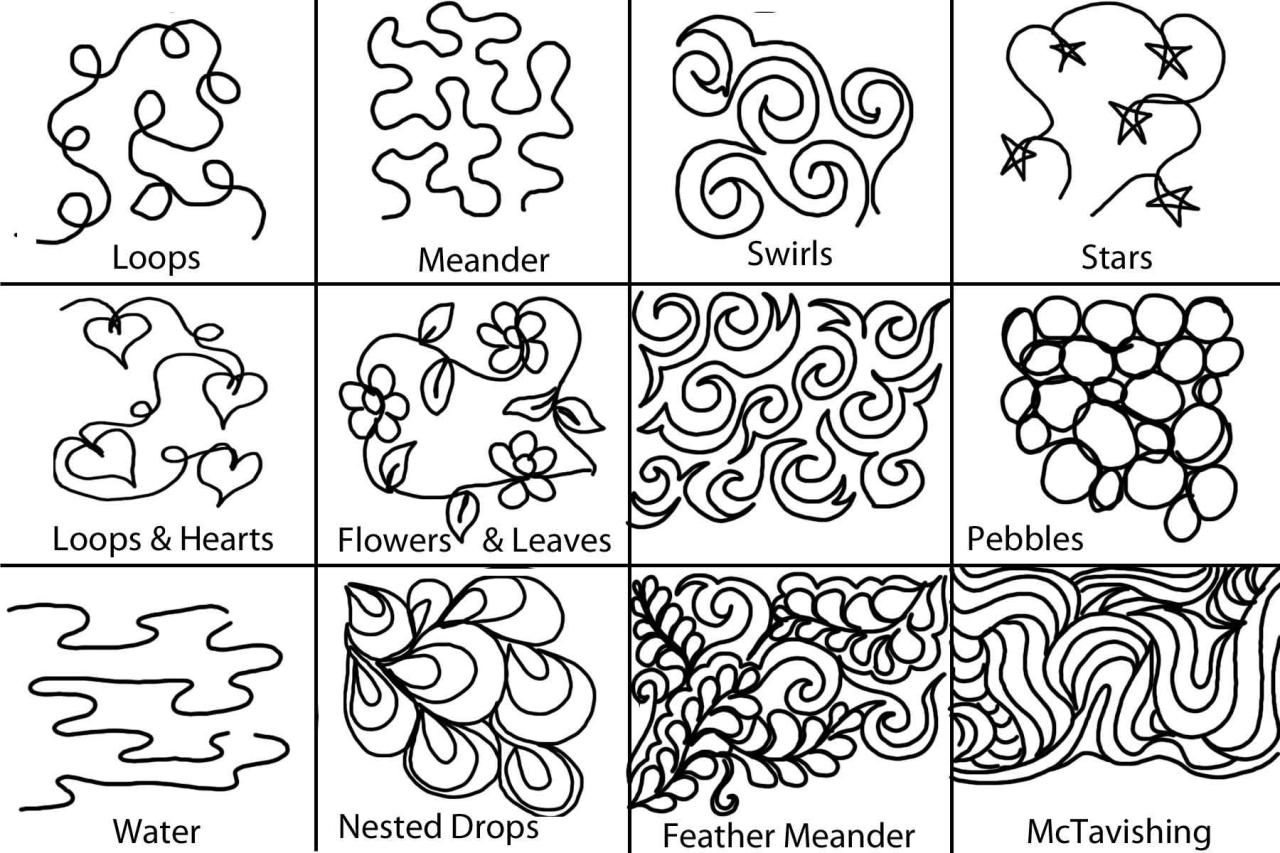
When using machine quilting templates, beginners may encounter certain challenges that can affect the outcome of their quilt designs. It is important to be aware of these common issues and have solutions and troubleshooting techniques in place to overcome them.
This section will discuss some of the common challenges beginners may face when using machine quilting templates and provide tips for achieving clean and precise quilt designs.
Sticky Templates
One common challenge beginners face is templates that stick to the fabric, making it difficult to move smoothly. This can result in uneven quilt designs and frustration. To address this issue, try the following solutions:
- Apply a light dusting of cornstarch or talcum powder on the back of the template to reduce stickiness.
- Use a temporary fabric adhesive spray on the back of the template to create a non-slip surface.
- Consider using a Teflon sheet or a non-stick pressing sheet between the fabric and the template to prevent sticking.
Bulky or Uneven Stitches
Another challenge beginners may face is stitching that appears bulky or uneven. This can happen if the fabric is not properly stabilized or if the template is not securely held in place. To troubleshoot this issue, try the following techniques:
- Ensure that you are using the appropriate stabilizer for your fabric. Experiment with different types to find the one that works best for your project.
- Make sure the fabric is taut and securely hooped or attached to the quilting machine.
- Check that the template is properly aligned and held securely in place to prevent movement during stitching.
- Adjust the tension on your machine if necessary, following the manufacturer’s instructions.
Template Slippage
Template slippage can be a frustrating challenge, as it can cause the design to become distorted or misaligned. To prevent template slippage, consider the following tips:
- Use adhesive grips or non-slip rulers to hold the template securely in place.
- Ensure that the template is properly aligned and positioned before starting to stitch.
- Consider using a fabric marking tool to make reference points on the fabric to guide the placement of the template.
Clean and Precise Quilt Designs
To achieve clean and precise quilt designs with machine quilting templates, keep the following tips in mind:
- Practice and familiarize yourself with the template before starting on your main project.
- Take your time and go slowly, especially when working on intricate designs.
- Use a high-quality quilting thread that matches your fabric for a seamless look.
- Regularly clean and maintain your quilting machine to ensure smooth and accurate stitching.
Remember, troubleshooting and overcoming challenges is part of the learning process. With practice and patience, you will be able to create beautiful quilt designs using machine quilting templates.
Advanced Techniques and Creative Ideas
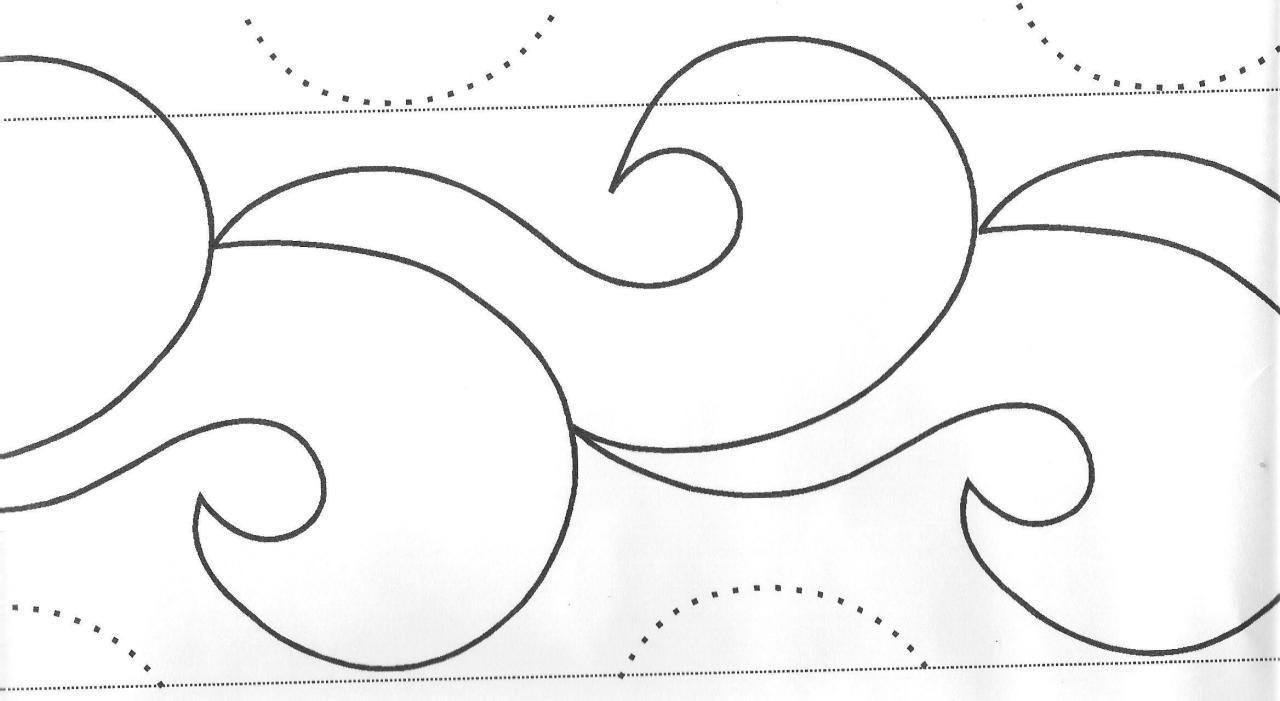
Machine quilting templates offer a wide range of advanced techniques that can elevate your quilting projects to the next level. By using these templates, you can achieve intricate designs and patterns that would be difficult to create by hand. Here, we will explore some of the advanced techniques that can be achieved with machine quilting templates and discuss creative ideas for combining multiple templates to create unique designs.
Combining Templates for Unique Designs
When using machine quilting templates, you have the freedom to combine different templates to create unique and personalized designs. By layering or alternating templates, you can create stunning patterns that add depth and texture to your quilts. For example, you can combine a feather template with a geometric template to create a modern twist on a classic design.
Experimenting with different combinations of templates allows you to unleash your creativity and create one-of-a-kind quilts.
Creating Intricate Borders and Backgrounds
Machine quilting templates are especially useful for creating intricate borders and backgrounds. With a variety of border templates available, you can easily add decorative elements to the edges of your quilts. Whether you prefer a floral motif or a more geometric design, there is a template that can help you achieve the desired effect.
Additionally, using templates for background quilting can add texture and visual interest to your quilts, making them more visually appealing.
Adding Dimension with Trapunto Quilting
Trapunto quilting is a technique that involves adding extra padding or stuffing to specific areas of a quilt to create a raised effect. Machine quilting templates can be used to Artikel and define the areas where the trapunto technique will be applied.
By using a template with a raised or embossed design, you can easily follow the lines and create a three-dimensional effect on your quilt. This technique adds depth and dimension to your quilting projects, making them truly stand out.
Showcasing Versatility with Sampler Quilts
Sampler quilts are a great way to showcase the versatility of machine quilting templates. These quilts feature a variety of different blocks, each showcasing a different template or design. By using a combination of templates, you can create a visually stunning quilt that highlights the different techniques and designs that can be achieved with machine quilting templates.
Sampler quilts are also a great way to practice and improve your quilting skills, as each block presents a new challenge.Machine quilting templates offer endless possibilities for creativity and can take your quilting projects to new heights. By exploring advanced techniques and combining templates, you can create unique designs that showcase your skills as a quilter.
Whether you’re a beginner or an experienced quilter, machine quilting templates are a valuable tool that can enhance your quilting journey.
